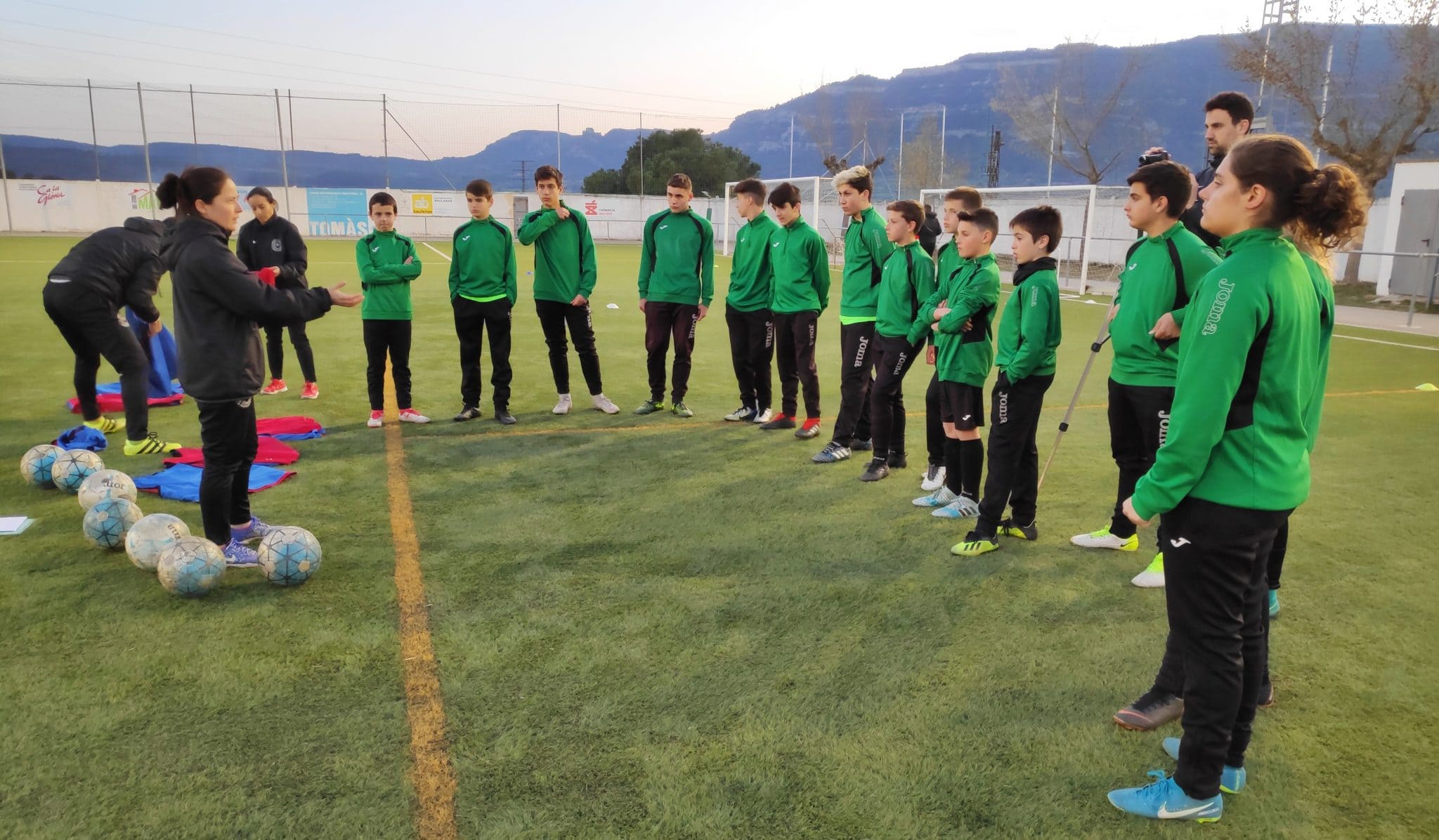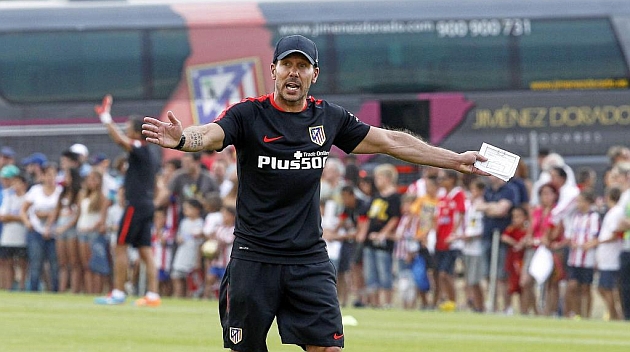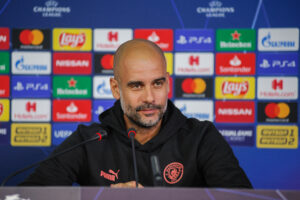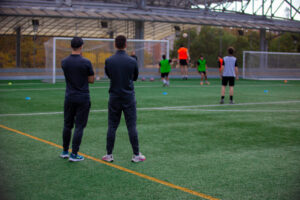As in many other aspects of the role of the professional coach, the coach’s communication is an aspect that we must take care of very much, since we must take into account how we treat it according to the context in which we find ourselves.
Before starting, we must bear in mind that communication is not only verbal. There is a part of non-verbal communication that is equal or more important than everything we can say as coaches, and that has a direct influence on the behavior and emotions of the player.
Taking into account the relevance of the communicative aspect, we must know that we can not communicate in the same way with children as with adults, so to have clear different aspects to control, in common and differentiated according to the stage, we will review them:
Common aspects:
- Clothing: It will be very important to dress appropriately with the training context. Club tracksuit where we work, watch to control time and soccer shoes are essential. Avoid sportswear from other places, avoid street clothes and shoes, avoid hanging a backpack during training, or use the mobile to control the time or review the session in electronic document.
- Active bodily attitude: Surely it is one of the most important aspects of non-verbal communication. If during the training we find our hands in our pockets, with crossed arms, with drooping shoulders, etc. This is transmitted to the players and they will train without power. If we want our players to train intensively, we must be able to transmit that positive energy being proactive, clapping hands, body flexed forward, gesturing a lot, getting emotionally involved, etc.
- Be brief in the information we give: If during our explanations or corrections we exceed time, or we go by the branches wanting to explain some concept, the players will disconnect and unconsciously they will stop listening to us. Then our messages should always be clear and concise.
- Use sandwich technique: It is important when we make corrections do not always indicate what is bad or improvable. To keep the player positively emotional, it will be important to use the sandwich technique, which aims to wrap up that correction or aspect to improve positive reinforcements before and after the phrase to keep it motivated in the pursuit of good execution.
Differentiated aspects:
- Punitive information: In grassroots football, we must avoid by all means avoid addressing the players with an excessively high or even an aggressive point, avoid gestures of disapproval, address a player negatively pointing, etc. In high performance instead, it is not recommended to use this type of information, but sometimes it is necessary to mentally activate our players in a competitive context with a touch of attention. Due to the maturity of the players to measure the words we can say, this will not negatively affect them if it does not happen repeatedly.
- Teaching styles: When we talk about teaching styles, we refer to the way the coach directs the task and gives the corrections. In formative stage, where we look for 100% learning, we will make more use of guided discovery through questions to the player. In high performance, where what we look for most in an immediate performance (never forgetting the player’s training) is the use of direct command will be more allowed, giving direct instructions of what our players should do.

